What is Faceted Navigation?
Faceted navigation is a website feature that allows visitors to filter through the content on a site’s results page. It can also be used on directory, index, category, and archive pages. Faceted navigation is commonly used on ecommerce sites and is typically located in the left sidebar.
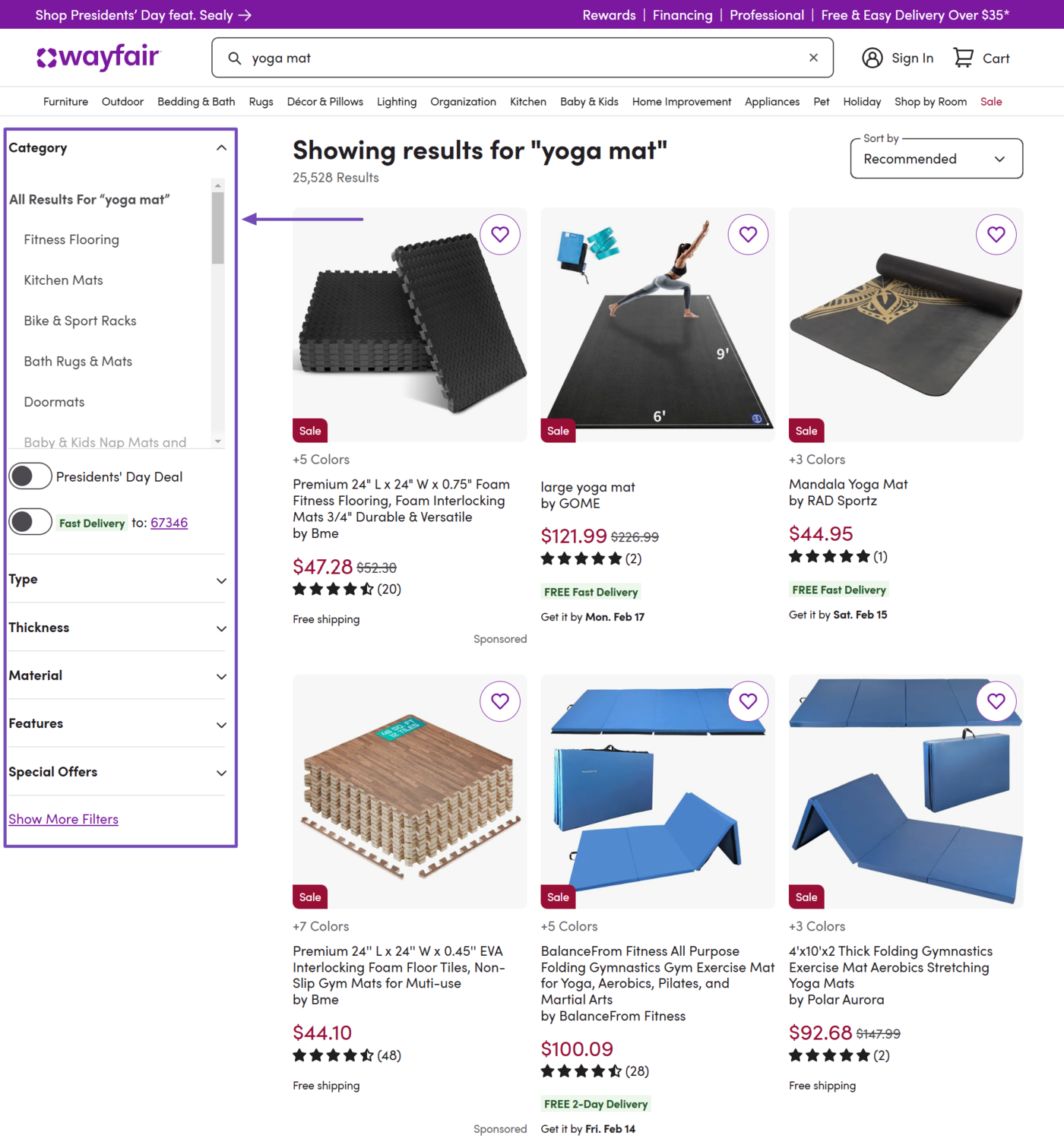
Faceted navigation may also be displayed at the top of the site instead of the sidebar.
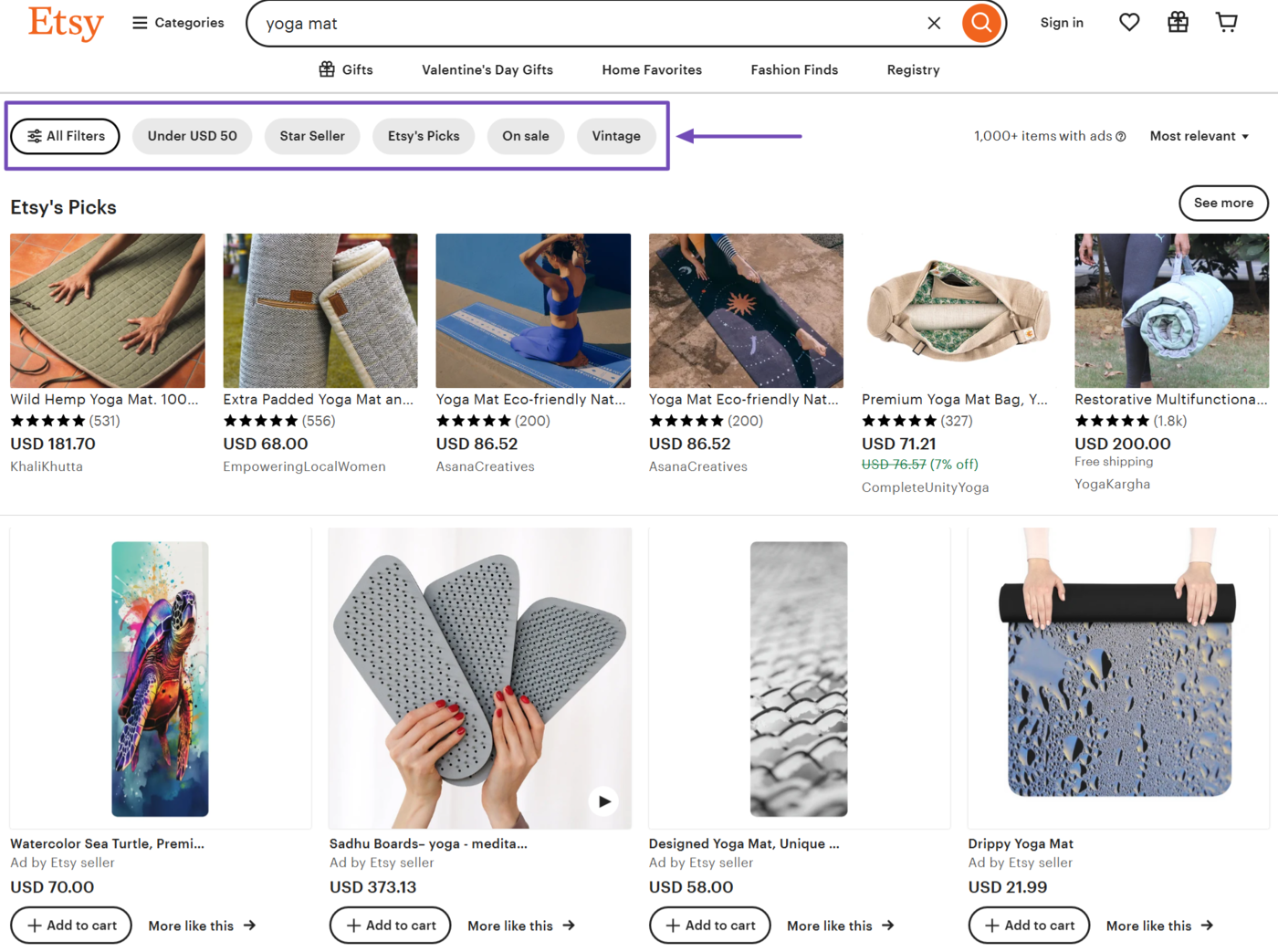
Some sites may also display their faceted navigation at the top and sidebar of the page. In all, the specific location of the faceted navigation will differ from site to site.
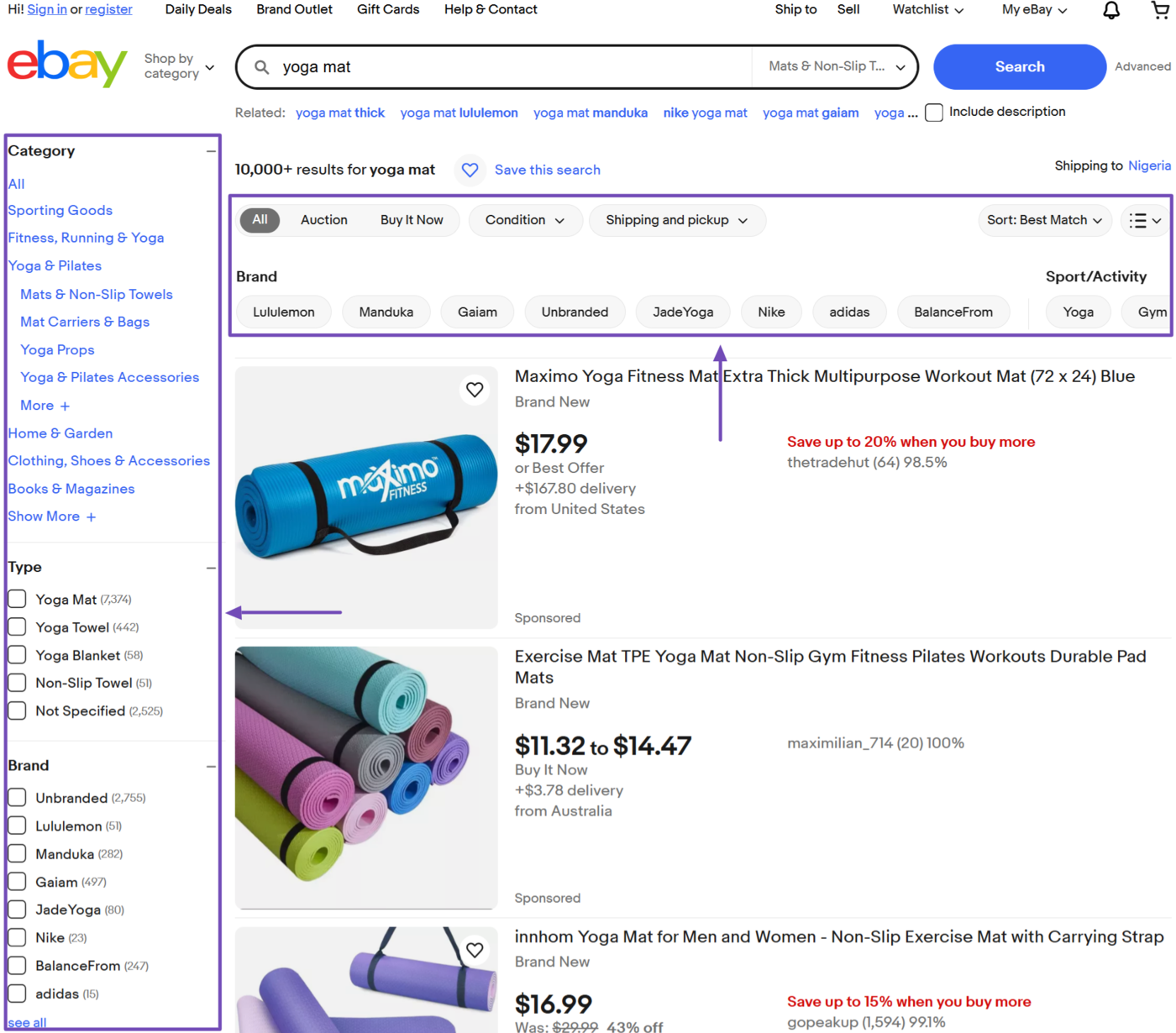
Faceted navigation is commonly used on sites where visitors may need to scan long lists of results, often numbering in the hundreds, to find the information, product, or service they need.
Instead of entering more specific search terms into the search bar, the visitor selects the characteristics of the product or information they want from the faceted navigation menu. Once done, the page displays the information or products that meet the selected criteria.
Importance of Faceted Navigation
Faceted navigation makes it easier for visitors to filter through their search results and find the product they seek. This makes it crucial to reduce bounce rates and improve the usability and user experience of the site.
Considering that it is often used on ecommerce sites, faceted search increases conversions and revenue for the business or blogger. From an SEO perspective, it also helps search engines better understand the structure of the site and the hierarchy of its content and interne Links.
However, faceted navigation should be implemented properly, as it can lead to low-quality and duplicate content issues. Such pages can also dilute your link equity und Seitenrang and consume your Crawl-Budget, which can prevent search engines from indexing your important pages.
To mitigate these risks, bloggers should use canonical tags und noindex tags to ensure search engines can identify the main URL among a group of duplicate pages and do not index unhelpful pages.
Faceted search also provides valuable insights into user behavior. Bloggers and businesses can track and monitor the terms their visitors use and refine their content accordingly. For instance, they can optimize high-demand pages for SEO and conversions and remove terms that do not receive any search.
Examples of Websites That Use Faceted Navigation
Faceted search is commonly used on sites that offer a wide range of products and services. Considering visitors have different needs, the sites allow visitors to narrow down their options to meet their specific needs. We will address some of those sites below.
1 Ecommerce Stores
Ecommerce platforms use faceted navigation to help customers filter products by specific attributes, including price, brand, size, and category. This allows shoppers to refine their search and quickly find items that match their preferences.

2 Job Boards
Job boards use faceted navigation to allow job seekers to filter listings by location, industry, salary range, and employment type. This functionality helps users narrow down opportunities that align with their career goals and qualifications.
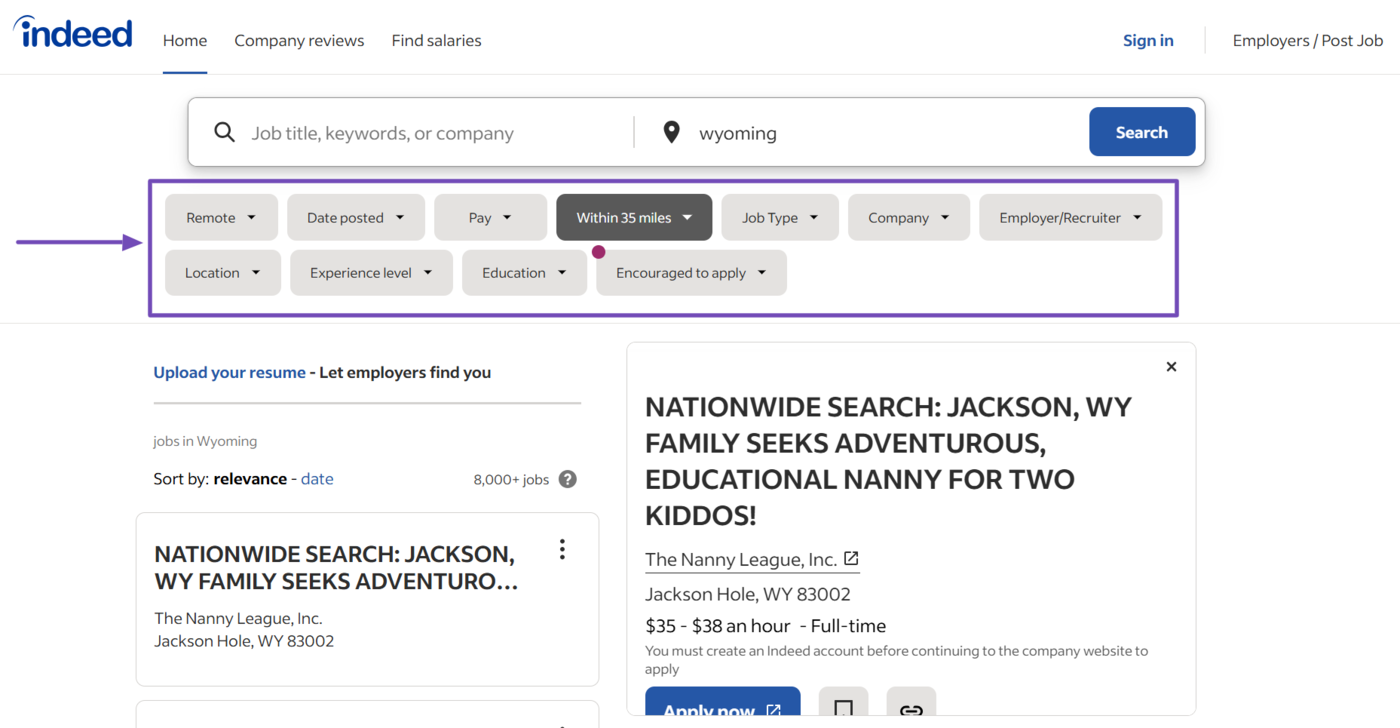
3 Real Estate Websites
Real estate websites use faceted navigation to enable users to search for properties using criteria like price, location, number of bedrooms, and property type. This feature is crucial for helping buyers or renters quickly identify homes or rentals that meet their specific needs and family size.
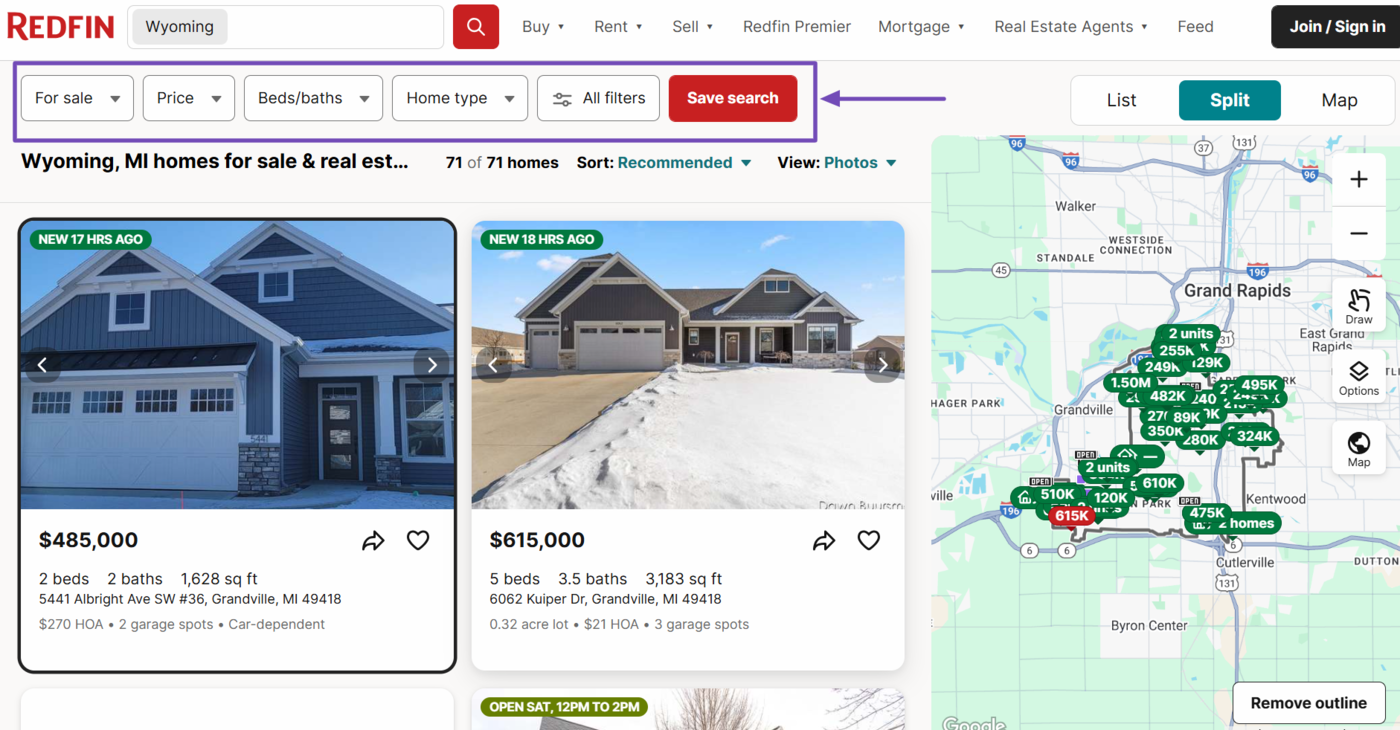
4 Travel Booking Sites
Travel booking sites use faceted navigation to assist users in filtering travel options by destination, date, budget, and accommodation type. This helps travelers customize their searches and find flights, hotels, or packages that fit their plans.
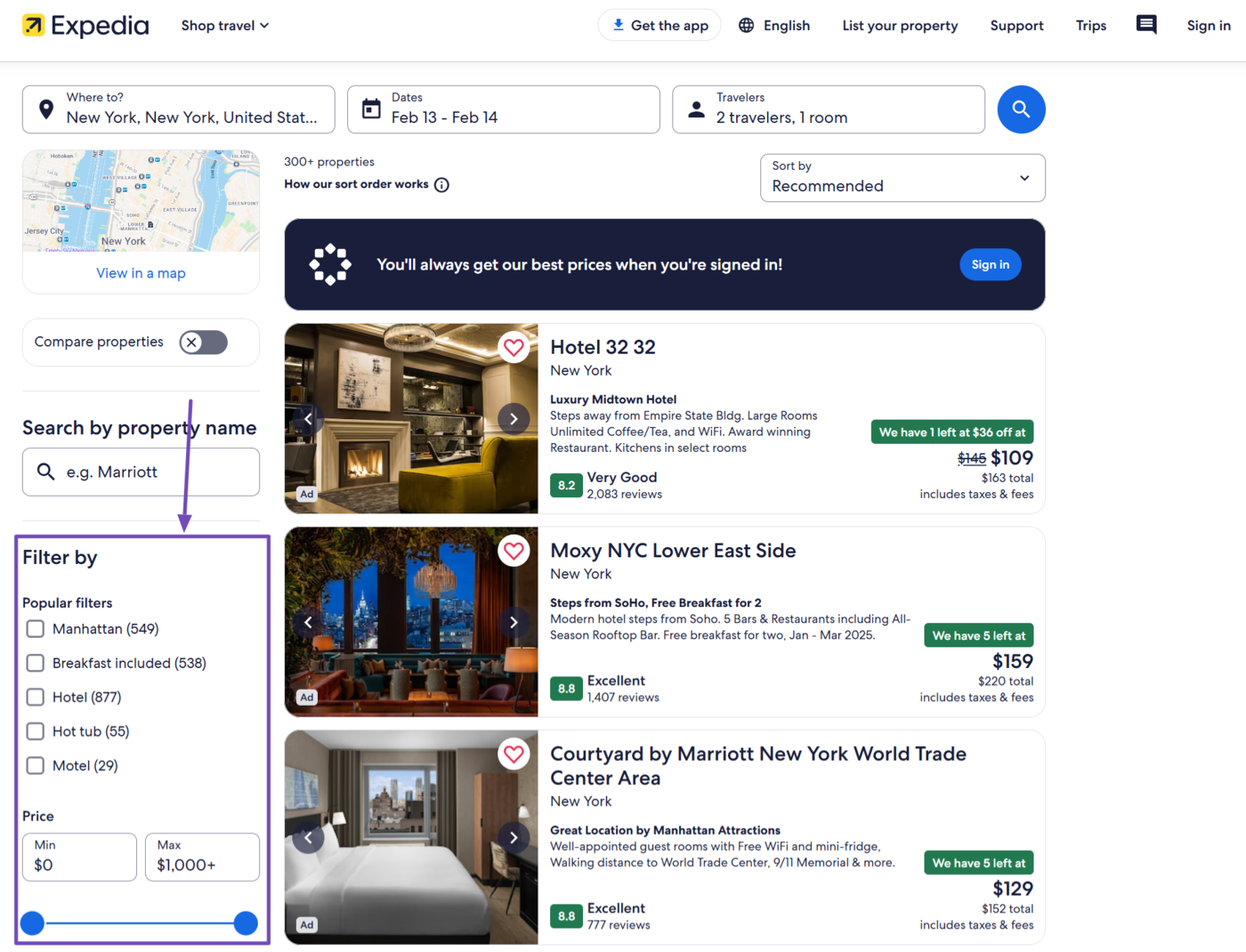
5 Food and Recipe Sites
Recipe websites use faceted navigation to let users filter recipes by ingredients, cooking time, dietary restrictions, and cuisine type. This makes it easy for visitors to discover meals that suit their preferences or dietary needs.
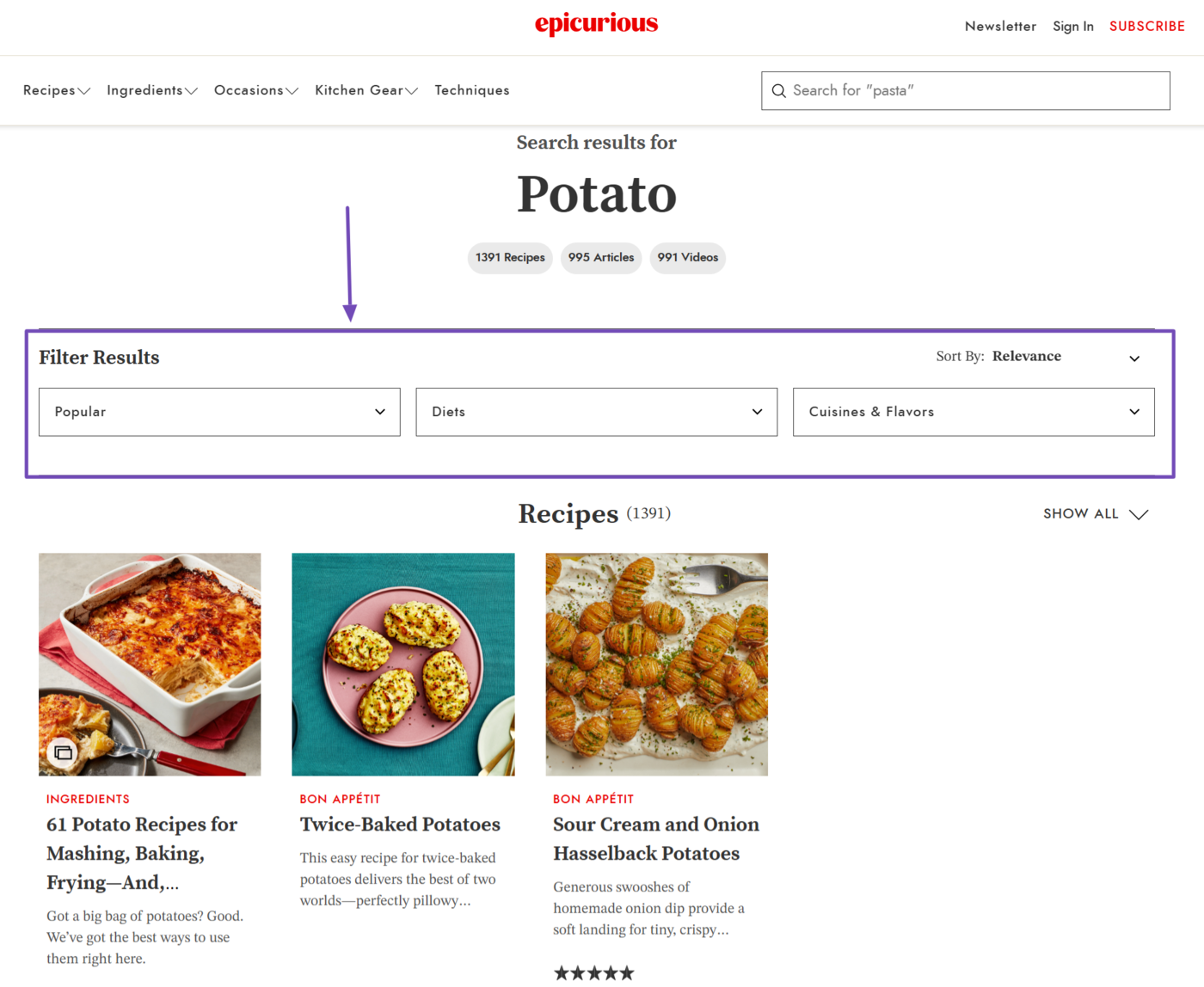
6 Review Sites
Review sites use faceted navigation to help users sort reviews by categories. The specifics would vary depending on whether the site reviews products, services, or businesses. A business review site, for instance, allows visitors to filter the results based on the average ratings and number of results.
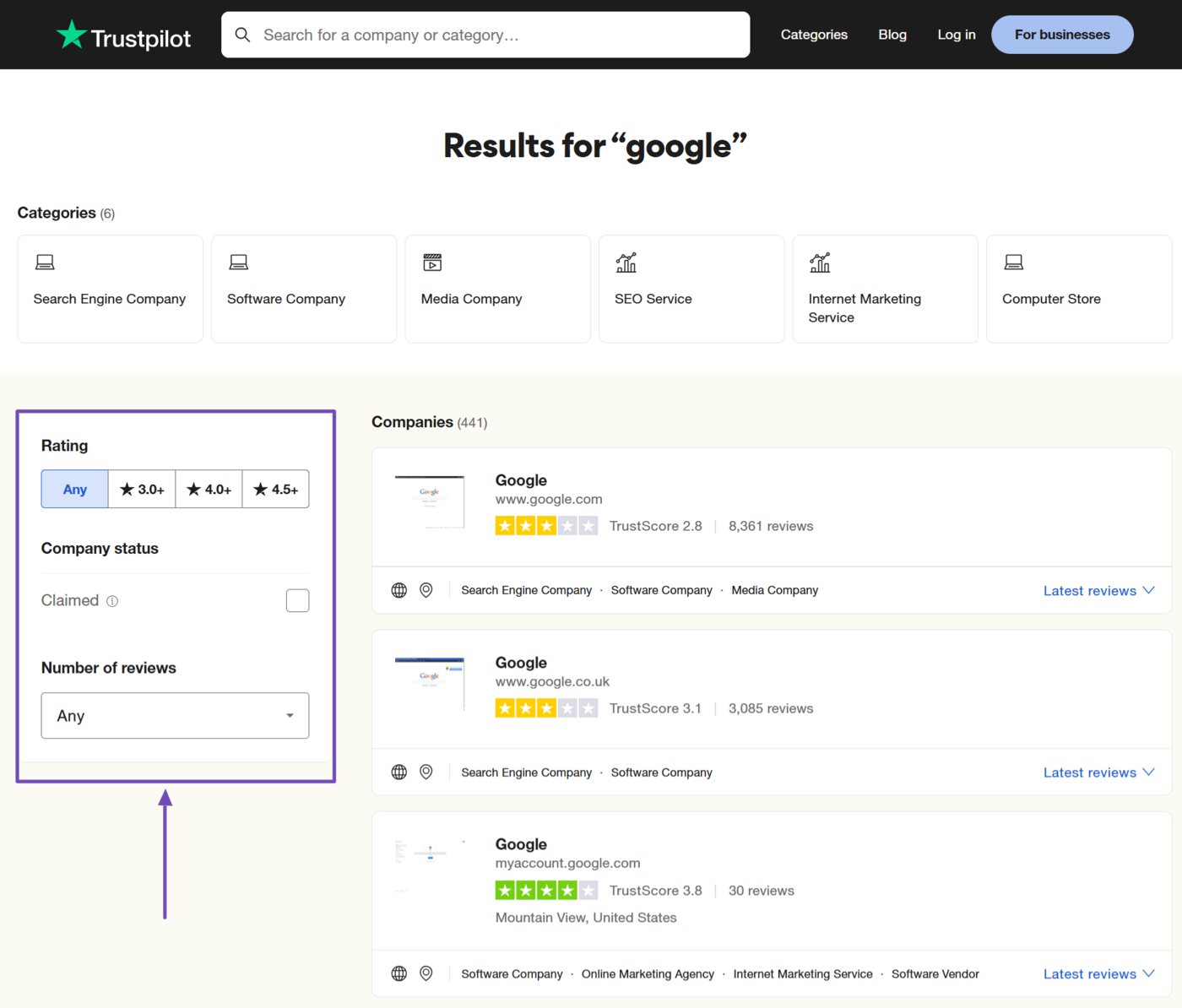
7 Educational Resource Libraries
Educational resource libraries use faceted navigation to help students and educators find materials by subject, grade level, format, and learning objective. This feature is vital for organizing vast collections of resources, from lesson plans to interactive activities.
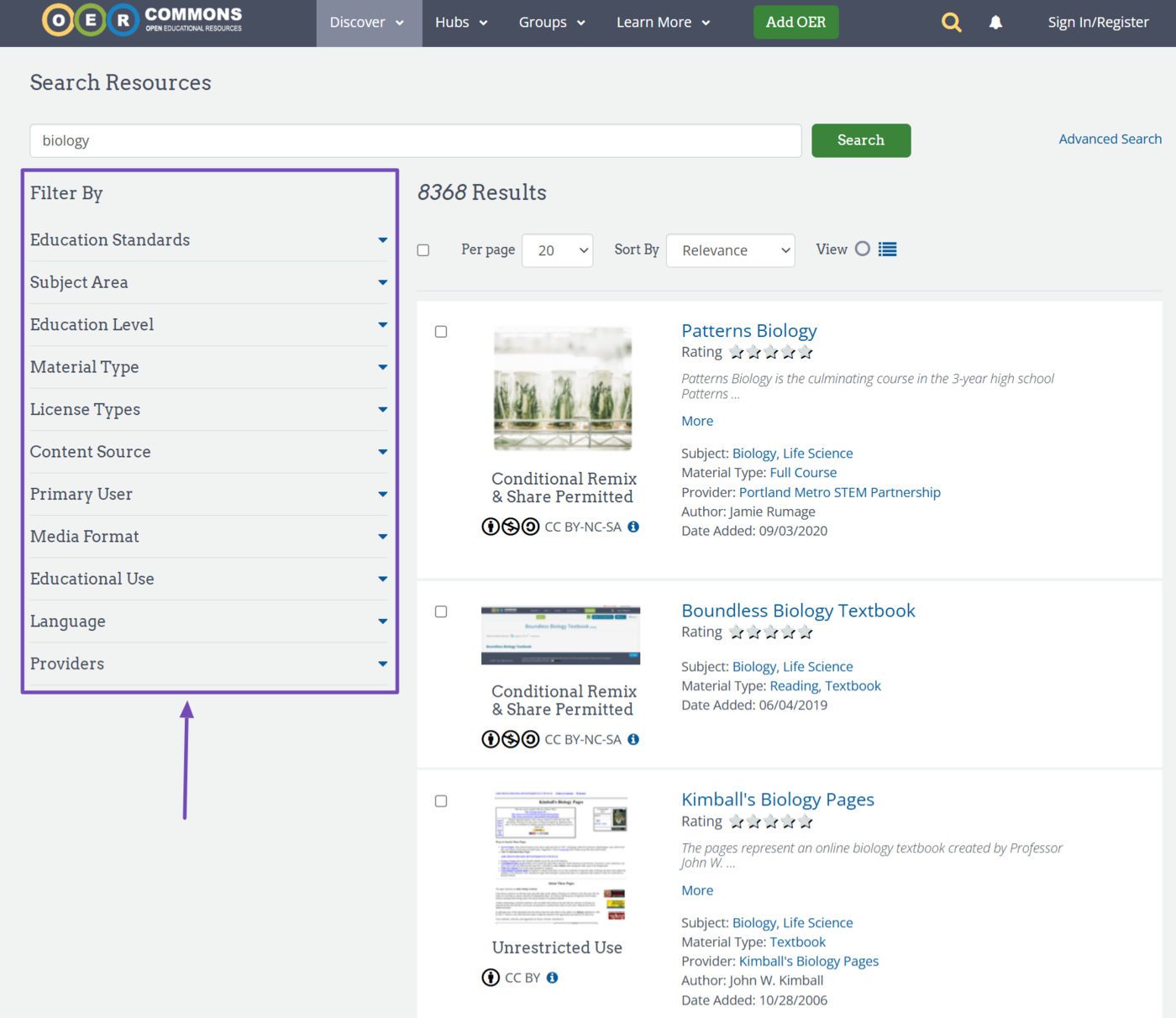
8 Research Databases
Research databases use faceted navigation to enable scholars and professionals to filter studies by keywords, publication date, author, and discipline. This capability is critical for pinpointing relevant academic papers or reports amidst large amounts of data.
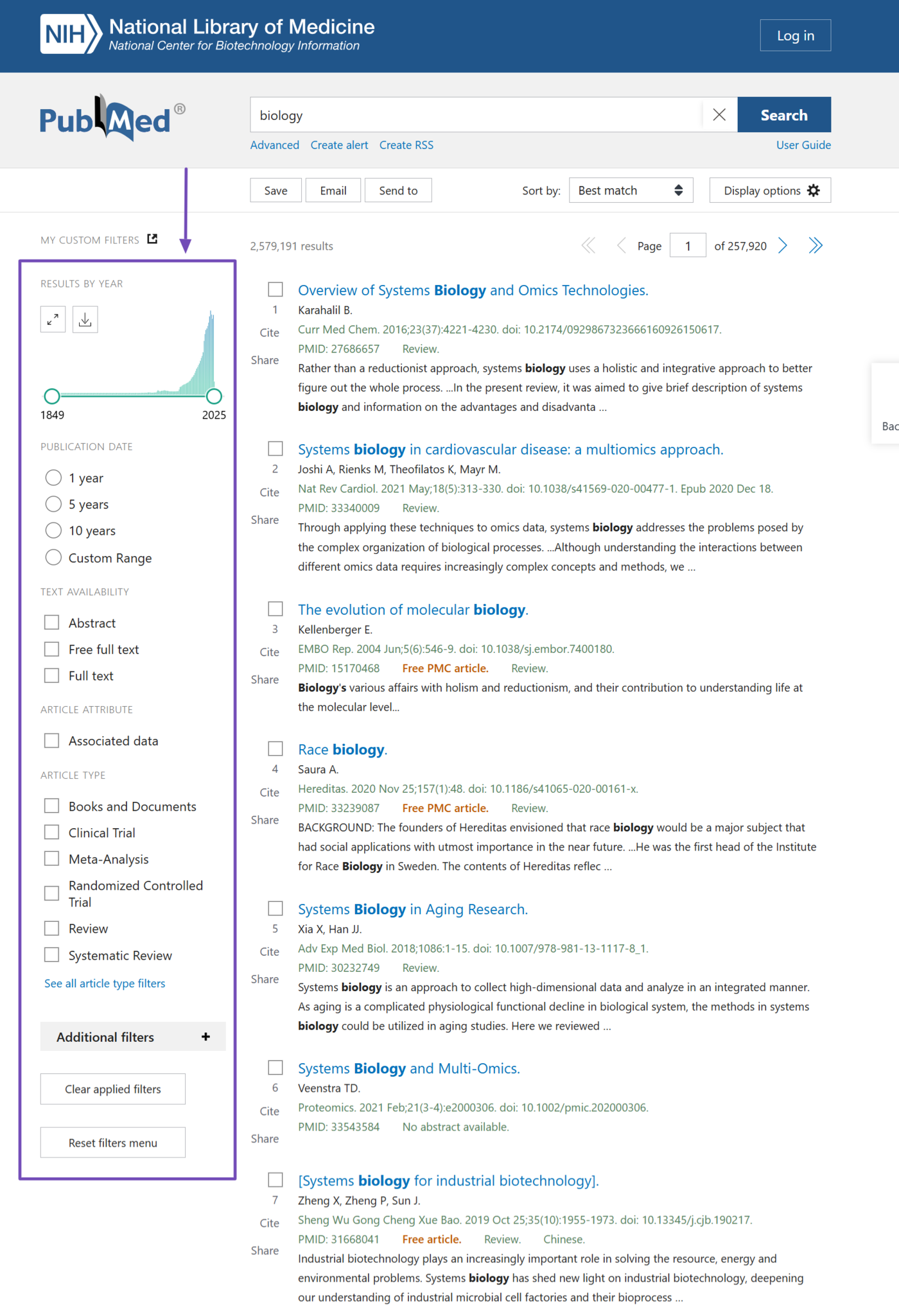
Faceted Navigation Best Practices
Faceted navigation can significantly improve your SEO, conversions, user experience, and revenue. However, it can also have serious consequences when done wrongly. To avoid negative results and get the most out of your faceted navigation, it is recommended that you follow the best practices below.
1 Prioritize Relevant Filters
Display the most important and commonly used filters at the top of the faceted navigation. This is crucial for your user experience, as visitors will use some filters more than others. That way, visitors can find their desired filters quickly without spending additional time looking for them.
2 Limit the Navigation Options
Faceted navigation can quickly become overwhelming, disorienting, and confusing. To avoid such, make sure to only display relevant filters. You should review your analytics to reveal the most popular filters. Keep them and remove the unpopular ones.
3 Use Clear and Concise Labels
Your faceted navigation labels accurately describe the filtering options. Visitors should also be able to understand them at a glance without doubt or confusion about their meaning.
4 Specify the Product or Item Count
Display the number of results available for each filter option to help users make informed decisions. This is particularly helpful for large sites with a lot of inventory. Smaller sites can also display the item count if it would not affect their revenue.
5 Avoid Returning Empty Results
Faceted navigation must update the results page dynamically. If a filtering option does not return results, maybe because an item is out of stock or does not exist, ensure that such options are excluded from appearing on the page.
6 Optimize for Mobile Devices
Most visitors access sites using mobile devices. So, ensure your faceted navigation is responsive and easy to use on smaller screens. This reduces bounce rates and improves the user experience, conversion, and revenue for mobile users
7 Provide Clear Reset Options
Visitors should be able to delete their faceted navigation options in a single click. Make sure to include such an option. Most sites use a link or button labeled “Clear All” or “Reset” to allow visitors to clear their filtering options. Implement that on your site.
8 Use Visual Hierarchies
Faceted navigation may include primary and secondary filtering options. Make sure to differentiate between both. A standard method is to use additional spacing before the secondary navigation. That way, visitors can quickly identify them as secondary.